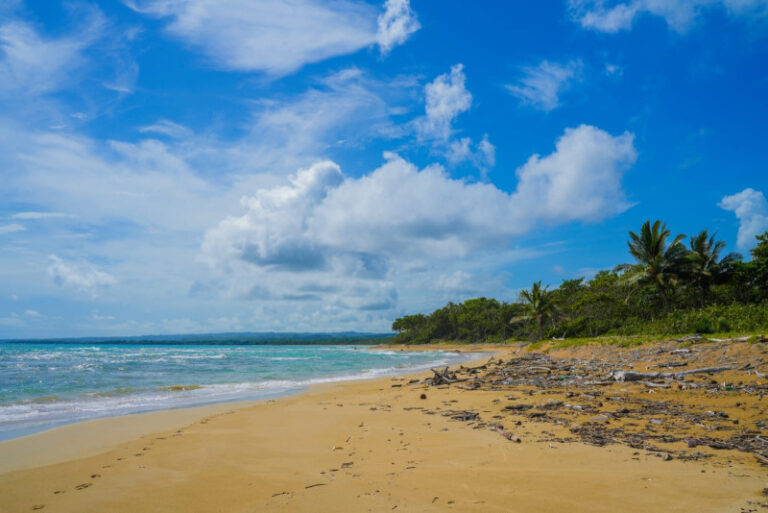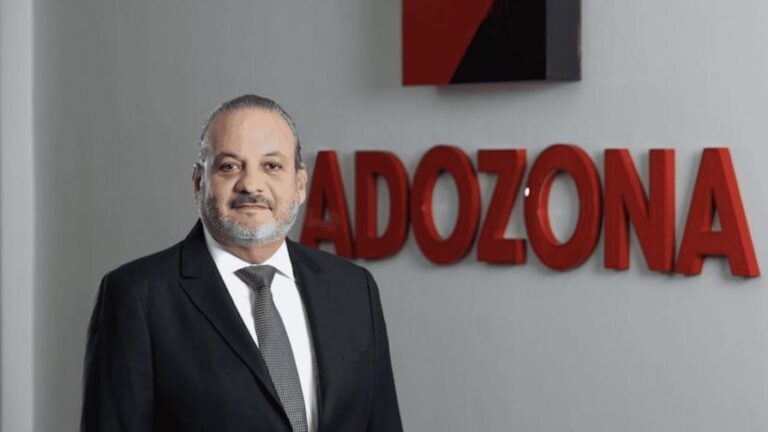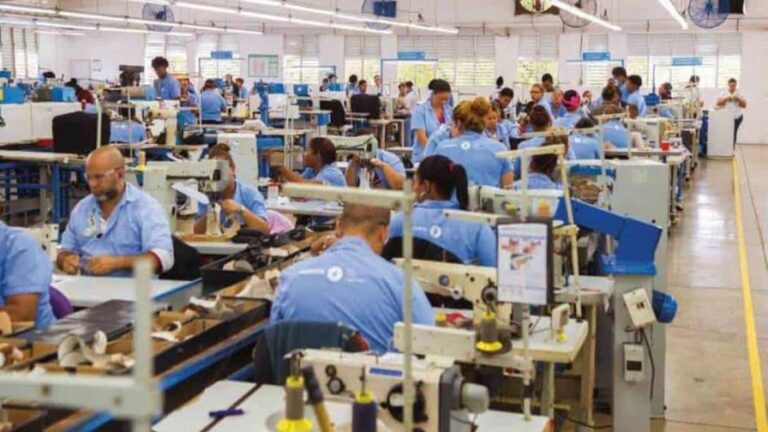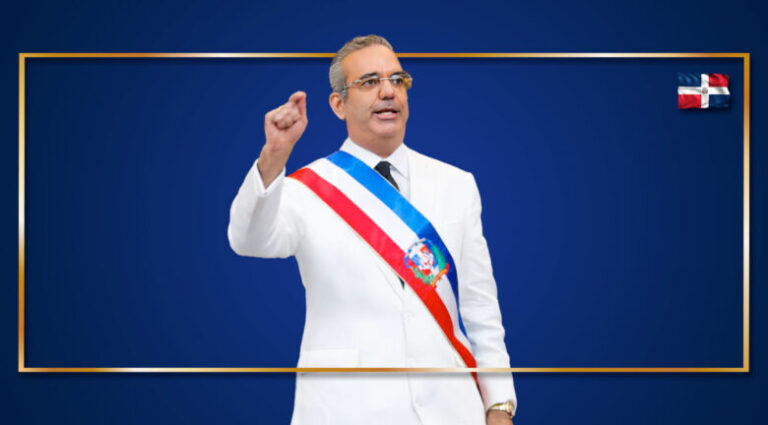The governor of the Dominican Central Bank (BCRD), Héctor Valdez Albizu, took part in the 294th Regular Meeting of the Central American Monetary Council (CMCA), where the outlook for Central American countries and the Dominican Republic and the role of expansionary monetary policy in those economies in facing the adverse effects of the pandemic on economic growth and employment were analyzed, as well as the new challenge arising from the current conflict between Russia and Ukraine and its impact on the greater inflationary pressures that countries are facing.
Ovidio Reyes Ramírez, president of the Central Bank of Nicaragua and CMCA chairman together with CMCA´s executive secretary, Domingo González opened the meeting with words of welcome.
Also in attendance were Mr. Rodrigo Cubero Brealey, President of the Central Bank of Costa Rica; Douglas Rodríguez Fuentes, president of the Central Reserve Bank of El Salvador; Sergio Francisco Recinos Rivera, president of the Bank of Guatemala; and Carlos Fernando Ávila, Deputy Manager of Economic Studies at the Central Bank of Honduras.
During the meeting, each central bank spoke about the macroeconomic performance in 2021 and the outlook for this year, 2022.
All the presentations highlighted the positive impact that monetary and fiscal policies had on boosting the economic recovery in the region after the slump caused by COVID-19, as well as the potential macroeconomic effects and challenges arising from the geopolitical conflict between Russia and Ukraine.
In this regard, participants agreed that this situation significantly increases global uncertainty and drives a rise in the prices of raw materials, mainly oil and various foodstuffs, exacerbating imported inflationary pressures on the region´s economies.
The current scenario also has a negative impact on the conditions for world trade in goods and services, affecting each CMCA member to a different degree, depending on the characteristics of their productive systems, their degree of trade openness and their position in the economic cycle.
Governor Valdez Albizu stressed that the Dominican economy recovered faster than expected, reaching a year-on-year growth of 12.3% at the end of 2021, equivalent to
an expansion of 4.7% compared to the level of real production prior to the pandemic, corresponding to the year 2019.
He emphasized that this recovery was a result of the monetary stimulus measures adopted by the BCRD at the beginning of the pandemic channeling financing to households and productive sectors, along with the tourism recovery plan implemented by the Government and the reactivation of public investment in the last part of the year.
He also stressed that, in January, the positive performance was maintained with a year-on-year growth of 6.3% in the monthly economic activity indicator (IMAE), influenced by the expansion of private credit in excess of 12% year-on-year. Regarding growth prospects, he pointed out that the Monetary Program contemplates a growth of around 5.5%-6.0% for this year, close to its potential.
However, he did say that the negative impact of the military conflict between Russia and Ukraine on the global outlook and the extraordinary increase in raw materials could affect growth forecasts for 2022.
As for the tourism sector, Valdez Albizu pointed to the industry´s rapid recovery, which registered about five million non-resident passengers during 2021, generating about US $ 5,680 million in revenue last year, while more than one million tourists arrived in the first two months of 2022.
Similarly, family remittances were above US$10.4 billion in 2021 and accumulated an amount of approximately US$1.5 billion in January and February 2022. Meanwhile, foreign direct investment (FDI) stood slightly above US $ 3 billion in 2021, comfortably financing the current account deficit, which was 2.5% of GDP at the end of last year.
Valdez Albizu highlighted the strengthening of international reserves, which closed 2021 at US$13,035 million, increasing to historical levels of about US$14,800 million at the end of February 2022, equivalent to 14.8% of GDP and 7.2 months of imports.
In this context, exchange rate has remained relatively stable, with a year-on-year appreciation of 1.4% at the end of 2021 and 5.3% year-on-year at the end of February 2022.
The governor concluded his presentation saying that, despite the geopolitical conflicts in the current international environment, the Dominican Republic is in a position of strong macroeconomic fundamentals, with high growth, a recovered labor market and high levels of reserves; elements that should help the resilience of the Dominican economy and the adoption of measures to accommodate adverse shocks in the best possible way.
Additionally, during the CMCA Meeting, various topics of interest to member countries were discussed, such as the presentations by the International Monetary Fund (IMF) Western Hemisphere Department on the global economic outlook, given by Dr. Metodij Hadzo-Vaskov; and by the Central American Bank for Economic Integration (CABEI) on the credit program to support the liquidity management of central banks, given by its Executive President Dr. Dante Mossi.
In turn, the main elements of the study on ‘Central Banks and Climate Change: The Cases of Costa Rica and the Dominican Republic’ by Irene Alvarado from the Central Bank of Costa Rica and Joel González from the Central Bank of the Dominican Republic were presented.
In particular, the advances made by the BCRD on the issue during the last years were presented, grouped into three main areas: studies and technical training on the impact of climate change on the Dominican economy; evaluation of regulatory and monetary measures to boost green financing; and support in the production of environmental statistics.
At the event, Governor Valdez Albizu was accompanied by Mr. Joel Tejeda Comprés, Deputy Manager of Monetary, Exchange and Financial Policies; Julio Andújar Scheker, economic advisor to the Governor’s Office; Joel González, director of the Department of Monetary Programming and Economic Studies; and Brenda Villanueva de Cardoza, director of the International Department.
Source:
El Caribe





